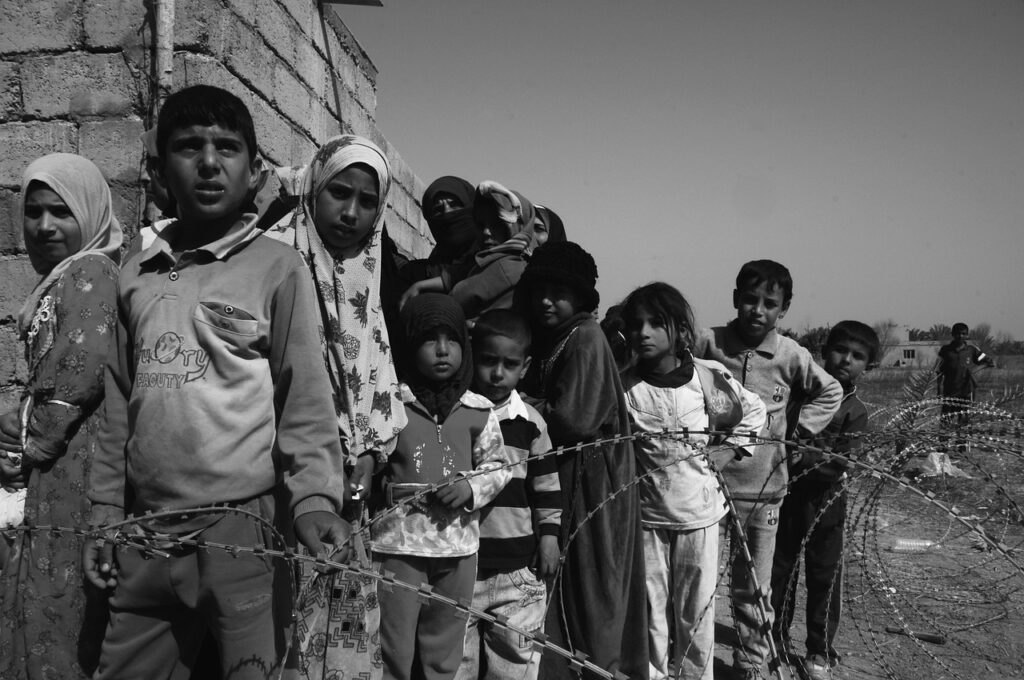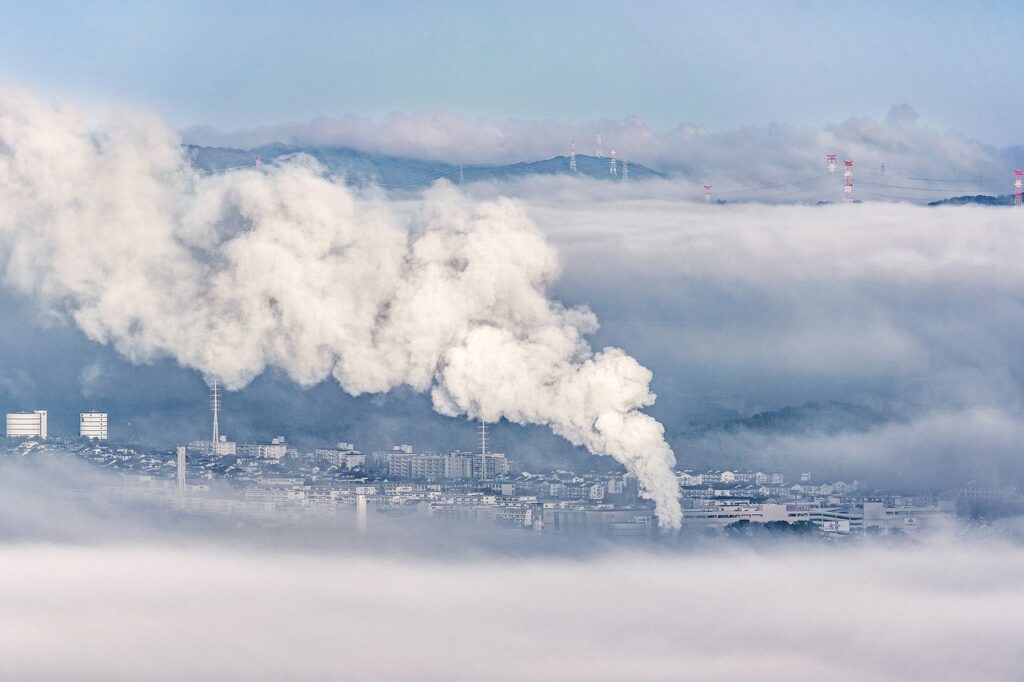Following the conclusions of WW II, the United Nations is a global organization founded on October 24th 1945, with an agenda of world peace and harmony. The objectives were set to ensure security, equality, coordination amongst nations and tranquility in the world. In 2015, the need for protecting the planet, ending poverty, ensuring tranquility, economic growth, and overall development led to an assembly of 195 nations, following which, the UN established the 17 Sustainable Development Goals (UN’s 17 SDGs) also known as the global goals. The nations have pledged to help the most marginalized groups. The SDGs aims to eliminate hunger, poverty, AIDS, gender discrimination etc. by the year 2030.
The combined efforts of governments, NGOs, entrepreneurs, technological and financial resources from all over the world are needed to achieve the respective goals.

Lets have a look at the different sustainable development goals:
1. No Poverty:
One of the main issues that needs to be addressed when it comes to international advancements is poverty worldwide. The global impoverishment was reduced to half in the years between 1990 and 2015, but a huge part of humanity is still suffering to achieve the basic human needs.
According to the statistics, 736 million people out of the world’s population are still impoverished which roughly calculates to 1 out of every 10 person living on earth. As effects of global poverty, the development of the world is directly compromised due to lack of education and nourishment. The UN along with many organizations, help the poor around the world to end global poverty. Organizations such as Oxfam International, The Organization for Poverty Alleviation and Development(OPAD), Concern Worldwide, End Poverty Now and Global Citizen are constantly working to end poverty across the globe.
Poverty reduction will lead to better lifestyles and education of the population which subsequently ensures development on global basis.

2. Zero Hunger:
With the poverty reduction and along with the economic growth, the hunger rate of people was also reduced, the number decreased to half over the last twenty years due to which developing countries like those of South and East Asia, Africa and Latin America are able to meet the basic nutritional needs of their populations. The UN’s world food programme was initiated to work for the SDG’s aim of no hunger by the year 2030.
However, according to the numbers, 821 million people are still malnourished and famished due to poverty and natural disasters like flood, drought etc.
3. Good health and well being:
Under the SDG goal 3 of good health and well being, factors such as reducing the rates of infectious diseases and STDs, availing health facilities to marginalized communities, urbanization and climatic and environmental threats are considered and worked upon to achieve the agenda of 2030. The SDG health’s objective is to reduce the global maternal mortality ratio, end deaths of infants and children under 5 years of age, reduce the number of patients affected by sexually transmitted diseases, tuberculosis, malaria and fight hepatitis, water-borne diseases and other communicable diseases.
4. Quality Education:

The more the number of well educated people in a society, the higher will be the rate of its development. Development is a direct product of education. The UN claims that: “Since 2000, there has been enormous progress in achieving the target of universal primary education. The total enrollment rate in developing regions reached 91 percent in 2015, and the worldwide number of children out of school has dropped by almost half. There has also been a dramatic increase in literacy rates, and many more girls are in school than ever before. These are all remarkable successes.”
To achieve SDG’s goal of quality education, The UN is working on various training programmes for quality of teachings and funding more and more educational institutions to literate the population. Various programmes of distant learning are launched for students to study online over the internet.
5. Gender Equality:
The discrimination against women and girl child has been existent for a long time in the past in all cultures and traditions. Under the SDG goals, the UN works to end these discriminations as its crucial for a sustainable future. It is a known fact that women empowerment helps significantly in the economic growth of the society. This agenda of 2030 also aims at reducing the numbers of rape cases, ending domestic violence and formulating rules for doing so.
The gender inequality index (GII) estimates the gender inequality using three dimensions: reproductive health, empowerment and the labour market. A lower the GII value, the lower is the inequality between women and men, and vice-versa.
6. Clean water and sanitation:
Water is a need for life and every living organism survives on it. Drinking impure water causes vivid waterborne diseases: typhoid fever, pneumonia, cholera, amoebiasis, cryptosporidiosis etc. Moreover, lack of sanitation often leads to multiple deadly diseases. The sustainable development goal 6 or the SDG 6 of clean water and sanitation aims at the preventions of all possible waterborne and communicable diseases.
Roughly 3 billion people are affected by water scarcity which is nearly equal to 40% of the world’s population. Many countries still have a decreasing availability of pure water and sanitation. This leads to ill health of the population.

7. Affordable and Clean Energy:
Power is required for various domestic and industrial purposes. The sustainable development depends upon how we use the various power sources and at the same time conserve them for the future generations. The escalating population, coupled with a growing need for affordable energy and an economy heavily dependent on fossil fuels, is causing major degradation to the climate.
The SDG of affordable and clean energy escalates with an agenda of using conventional and renewable energy like solar energy, wind energy, hydro power etc. This demands the need of modern technology and intellectual minds.
8. Decent work and economic growth:
The Sustainable Development Goals (SDGs) aims for continuous economic growth, increasing the levels of productivity, and rapid technological innovation. An important aspect of this endeavor involves promoting entrepreneurship and fostering job creation, accompanied by effective measures to eliminate forced labor and slavery. With these objectives in focus, the overarching aim is to attain full and meaningful employment for both women and men, along with ensuring decent work conditions, by the year 2030.
9. Industry, Innovation and infrastructure:
Establishing a sustainable and efficient infrastructure to support economic growth and welfare of humanity and making all this available and affordable for all by the year 2030, advocate inclusive and progressive industrialization to increase employment and GDP in the under developed country, support research and technology etc. all lie under the 9th SDG of the United Nations.
The industry, innovation and infrastructure will conduct an improved lifestyle of people and also contribute in the human welfare.
10. Reduced Inequalities:
According to the UN: “Income inequality is on the rise—the richest 10 percent have up to 40 percent of global income whereas the poorest 10 percent earn only between 2 to 7 percent. If we take into account population growth inequality in developing countries, inequality has increased by 11 percent“
The main goals of this UN SDG are to ensure equal opportunities and making non-discriminatory laws, removing policies and laws that promote inequalities, provide ease in migration of people and growth in the income of the bottom 40 percent of the population to an income above the average income of the nation.

11. Sustainable cities and communities:
A huge part of the global population is shifting to the urban areas due to availability of all facilities and safety leading to an increased rate of urbanization. The management of these urban areas in an effective and efficient manner is crucial to ensure sustainable development.
The agenda of SDG 11 is to create employment opportunities, career options, safety, housing, and other facilities. It also includes ensuring the green and natural spaces and reduce pollution.
12. Responsible Consumption and Production:
To attain economic growth and ensure sustainable development, it is imperative that we promptly diminish our ecological impact through a shift in the methods of production and consumption of goods and resources.
Efficiently managing our collectively shared natural resources and adopting responsible practices for the disposal of toxic waste and pollutants are crucial objectives in realizing this aim. Equally vital is the promotion of recycling and waste reduction among industries, businesses, and consumers. Additionally, supporting developing nations in transitioning towards more sustainable consumption patterns by 2030 holds significant importance..
13. Climate Action:

The reduction of pollution is the main goal to prevent the degradation of the climatic conditions of the world. Backing regions facing vulnerability will not only advance Goal 13 but will also have a positive impact on the other Sustainable Development Goals (SDGs). These endeavors must be closely aligned with initiatives to incorporate disaster risk measures, sustainable management of natural resources, and human security into national development strategies. While there is still an opportunity, it demands resolute political determination, heightened investments, and the application of current technology to restrain the rise in the global mean temperature to two degrees Celsius above pre-industrial levels, with an aspiration to achieve 1.5°C. However, achieving this goal necessitates prompt and ambitious collective action
14. Life Below water:
There is a vibrant population and variation of species of plants and animals living underwater, most of which are still not discovered by humanity yet. Managing this crucial source is necessary for ensuring biodiversity. Oceans contribute noticeably in reducing the world’s pollution and upgrading the climatic conditions.

15. Life on Land:
The humans are dependent on the resources obtained from earth as much as those underwater. The diet of a man depends 80 percent on the plants. Due to the increasing rate of urbanization, deforestation has been occurring constantly. Annually, 13 million hectares of forests vanish, and the ongoing deterioration of drylands has resulted in the desertification of 3.6 billion hectares, disproportionately impacting impoverished communities.
The SDG 15 of life on land aims at ensure conservation of forests and mountain ecosystems, promote equal sharing of land resources, protecting species of flora and fauna etc.
16. Peace Justice and strong institutions:
The United Nation was formulated to ensure world peace and harmony. It’s principal aim is to look after the human population as a whole and work for the development of the entire population irrespective of the political boundaries. The agenda of global sustainable development can only be ensured if everybody on the planet is living with peace and equality. The SDGs aim at working with the government to eradicate all forms of violence and establish security.
17. Partnerships of the Goals:
The United Nations is a vast organizations that works with world’s biggest governments, entrepreneurs, other organizations because world peace is not a matter that can be addressed by an individual firm. The SDGs can be achieved only with the collective efforts of the world’s distinguished committees and powers.
In an era of a huge global network, ensuring access to technology and knowledge stands as a crucial avenue for exchanging ideas and promoting innovation. It is imperative to synchronize policies aimed at assisting developing nations in debt management while also advocating for investments in the least developed regions, as this is essential for sustainable growth and development.









